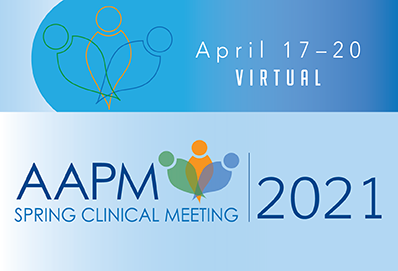Radiopharmaceutical Therapy Patient Specific Dosimetry - The Why and The How
W Bolch1*, Y Dewaraja2*, R Hobbs3*, (1) University of Florida, Gainesville, FL, (2) University of Michigan, Ann Arbor, MI, (3) Johns Hopkins University, Baltimore, MD
Presentations
SA-C-Therapy Room-0 (Saturday, 4/17/2021) 3:00 PM - 5:00 PM [Eastern Time (GMT-4)]
Radiopharmaceutical Therapy (RPT) is fast becoming a mainstream modality with the development and approval of new emitters and conjugates. Physicians from both Radiation Oncology and Nuclear Medicine are expressing interest in, learning the fundamentals of, and aiming to implement radiopharmaceutical therapy in their clinic as evidenced by the CE sessions, symposia and training programs organized by ASTRO, SNMMI and Radiation Research (inter alia). However, the efficacy of RPT depends upon delivering a lethal level of radiation to cancer cells while sparing normal cells, and is thus far less susceptible to the resistance mechanisms or inadvertent side-effects that have been observed with biologic (or pathway inhibition therapy) and chemotherapy. To date, the potential of RPT has not been fully exploited. For the most part, treatment has been implemented without using the innate potential advantage of RPT over other treatment modalities – the ability to individualize treatment according to tumor and normal organ absorbed doses and other biologically-driven dosimetric quantities. The dosimetry methodology initially implemented for RPT was developed to assess radiation risk for diagnostic imaging agents. Use of this formalism, along with poor quantitative input, the near complete absence of standardization, not surprisingly, failed to show a compelling benefit to dosimetry-based treatment planning for RPT. Dosimetry formalisms for RPT that provide dose estimates and dose-volume histograms to individual patients based on their anatomy and the biodistribution of the RPT are now available as are substantially improved quantitative imaging methods. This session aims to educate physicists by familiarizing them with the new and forthcoming documents that provide the resources necessary to educate themselves in the fundamentals of RPT dosimetry, including best practices, uncertainty estimation, appropriate methodologies and standardizations of nomenclature and practice. These have been produced by world experts in the field and will provide guidance for a new generation of RPT physicists. These new documents are: 1. the new MIRD 2020 Primer, introduced with a focus on basic bio-effect modeling and the MIRD schema sections; 2. The ICRU Report 31, where the focus of the presentation will be the new nomenclature for RPT, stratified best practice recommendations and indications for combination therapies. 3. The IAEA report, with a focus on Uncertainty, Metrology and Activity Quantification.
Learning Objectives:
1. Describe the Medical Internal Radiation Dose (MIRD) and International Commission on Radiation Units and Measurements (ICRU) dosimetry methodologies.
2. Explore methods used in clinical practice to carry out patient specific RPT dosimetry.
3. Understand how to minimize errors and uncertainty in activity quantification in RPT.
Keywords
Not Applicable / None Entered.
Taxonomy
Not Applicable / None Entered.
Contact Email









